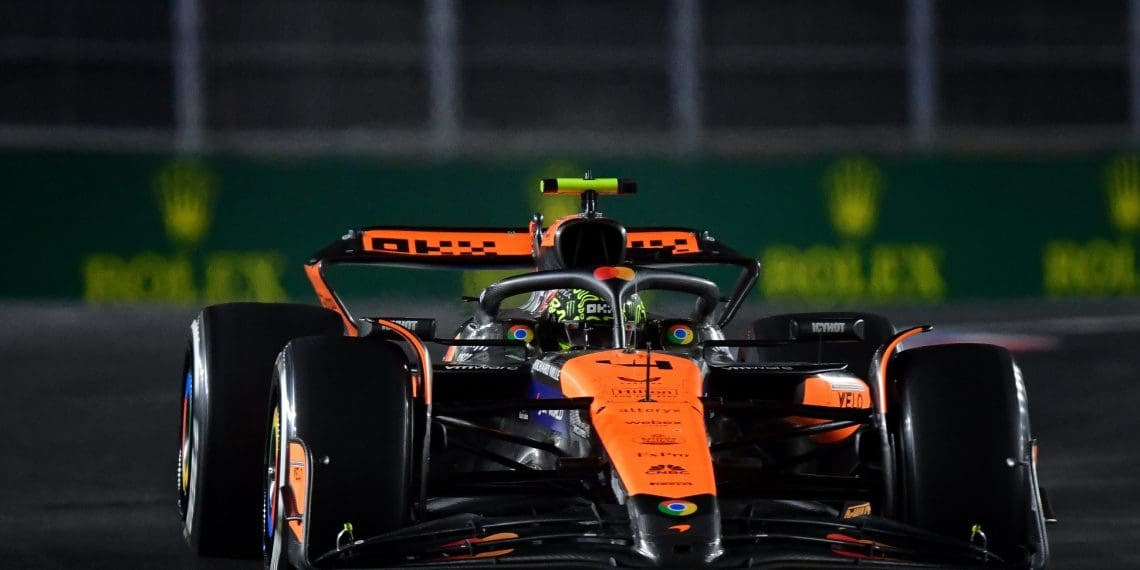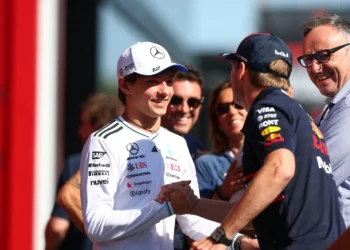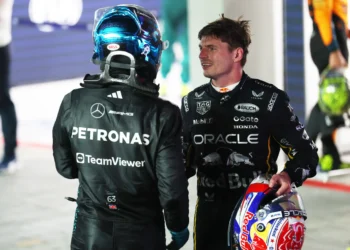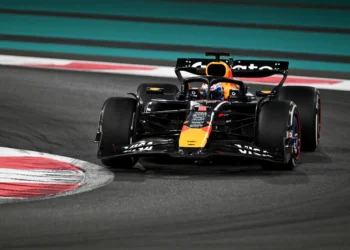Formula 1’s relentless battle over wing flexibility has reached a fever pitch, and the latest technological breakthrough is sending shockwaves through the paddock. In an era defined by ground effect cars pushed to their aerodynamic limits, the secret to success lies in how teams manipulate wing flex to balance downforce and stability at blistering speeds. Last year, McLaren’s ingenious ‘Mohican’ wing design turned the tables on Red Bull’s long-held dominance—and the ripple effects are set to redefine the sport in 2025.
A High-Speed Balancing Act: The Science of Aero-Flex
Since the late 1990s, wing flexibility has been a battleground for Formula 1 engineers. But with the advent of ground effect cars that run lower and faster than ever before, the challenge has intensified. The trick is to design a front wing that is aggressive at low speeds while naturally reducing its power at high speeds to maintain rear stability. When a car reaches speeds beyond 120–130mph, static load tests no longer reveal the full story: it’s the dynamic flex on track that can make or break performance.
McLaren discovered that by maintaining rigidity in the inboard section of the wing while allowing a non-linear increase in flex at the outboard end, they could achieve the perfect compromise. This delicate balance creates a wing that is potent at low speeds yet mellows out at high speeds—keeping the car stable in fast corners without sacrificing the downforce needed for grip. The computation behind this complex carbon fiber lay-up is mind-boggling and extremely costly, but it has paid off handsomely for McLaren.
The Battle Lines Are Drawn: Clampdowns and Copycats
The innovation sparked by McLaren was not left unchallenged. With Mercedes and Alpine quickly developing similar aero-flex solutions—thanks to strategic upgrades in Miami and Austin, respectively—Red Bull and Ferrari have been forced into a defensive stance. Red Bull has been campaigning for a clampdown on excessive wing flex, while Ferrari has pressed the FIA for clarity on potential new limits before committing to the expensive development process.
In response, the FIA has issued a new technical directive set to take effect from the Spanish Grand Prix. The rules now reduce the allowable inboard flex from 3mm to 2mm and limit the outboard flex from 15mm to 10mm, effectively increasing the vertical stiffness at the inboard end by one-third. This compromise is designed to curb runaway innovations while giving teams like McLaren and Mercedes time to re-adapt their designs to the new regulations. The FIA’s clampdown is a clear signal: while ingenuity is the lifeblood of Formula 1, there is a line where creativity must yield to fairness.
What’s Next for the Innovators?
For McLaren, this isn’t the end—it’s the beginning of the next frontier. Their mastery of wing flexibility, once a closely guarded secret that shattered Red Bull’s supremacy, has cemented their reputation as pioneers of aero technology. With the FIA’s new directive in place, teams will need to channel their creative energies into finding the next area of aerodynamic advantage. The battle over wing flex may have set the stage, but in F1, the race for innovation is never-ending.










